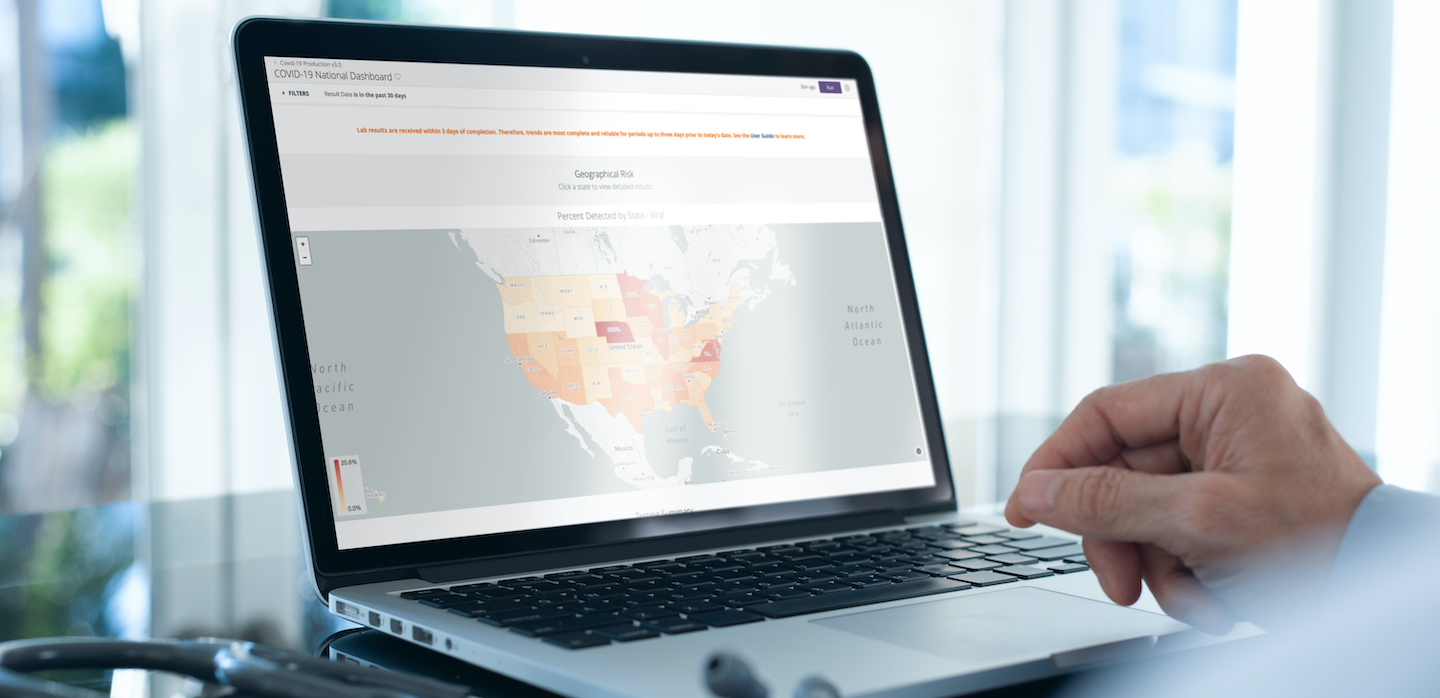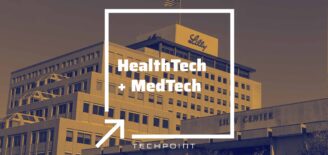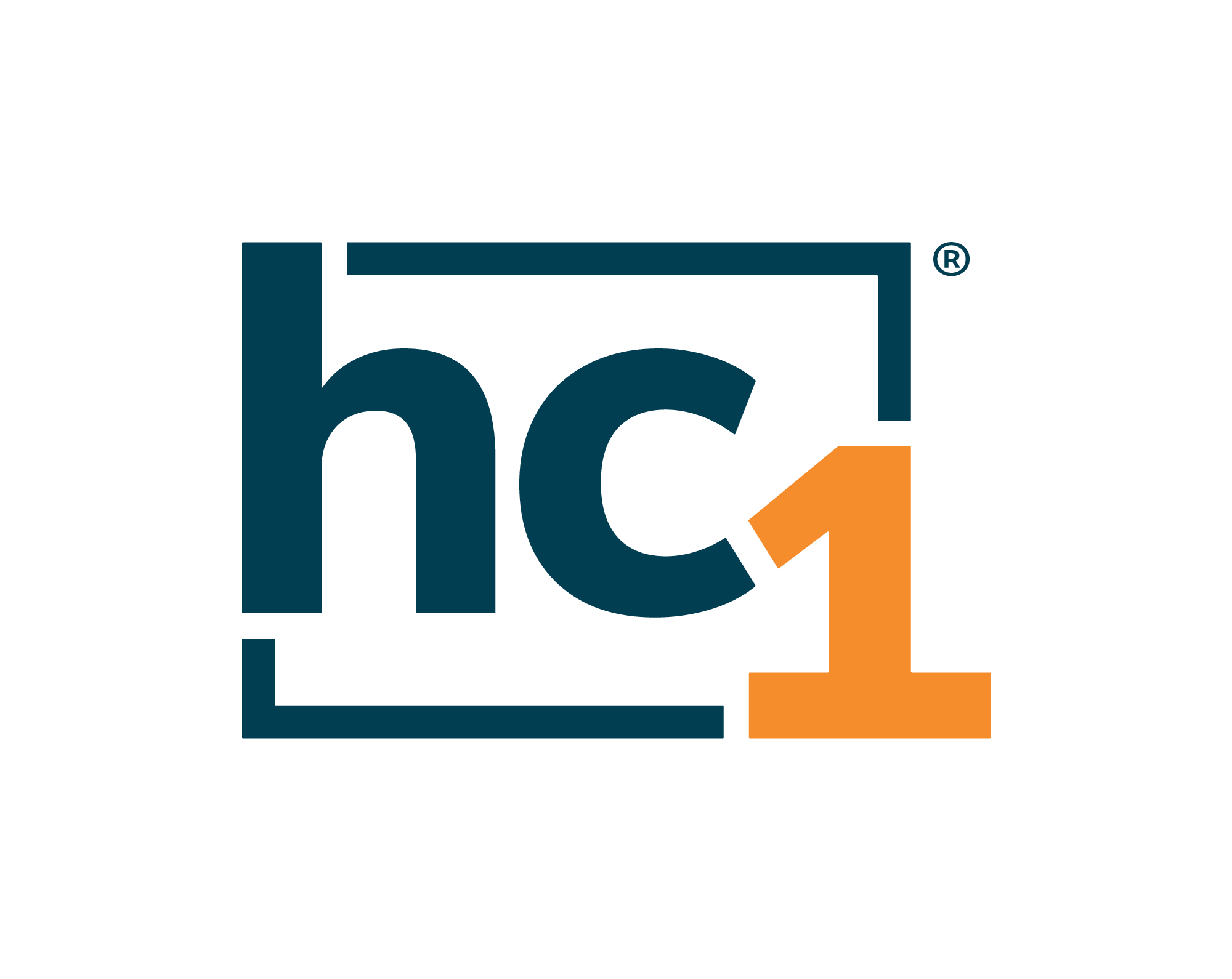In the face of crisis, hc1 created a dashboard combating COVID-19
From combating the opioid epidemic to now identifying hotspots of the COVID-19 virus faster and more accurately, hc1 has earned its long-standing reputation for improving healthcare through cloud-based solutions. Not only do they make it easier for healthcare professionals to leverage data and glean important and actionable insights, but hc1’s solutions ultimately provide an opportunity for physicians to provide more personalized care and make patients feel like individuals instead of faceless groups of people or numbers.
hc1 is an organization that approaches challenges differently, and a lot of it stems from the life experiences of hc1’s founder and CEO Brad Bostic. When Brad’s own family was battling cancer, he noticed that everyone was being treated like a number rather than an individual. He didn’t want just a treatment for colon cancer; he wanted a specific treatment that would be personalized for a loved one.
This experience inspired Brad to develop a more thoughtful approach to accessing and applying data, not solely for medical professionals, but also for the patients and their families. He wanted to change the landscape of sharing medical data to help find the best path forward to support getting the necessary treatment while maintaining the focus on the individual. It’s an approach he has instilled in the culture at hc1 that is shared among the company’s 80 employees in Indianapolis. What started as a powerful cloud-based CRM for medical labs has evolved into one of the most agile and powerful tech companies tackling modern healthcare problems.
“We are leveraging cloud technology to shape what the future of individualized, value-based healthcare looks like,” Brad said. “We are committed to making that the focus as we develop new products.”
Brad’s leadership has guided the company to develop innovative solutions that are step-by-step changing the way healthcare is being delivered. In light of the COVID-19 pandemic, hc1 worked with a coalition of lab partners to launch the CV19 Lab Testing Dashboard. The interactive dashboard shows everything from COVID-19 testing rates, de-identified test results (detected, not detected, or inconclusive), and key demographic filters for those tested (e.g., age, gender). It has been made available at no charge as a public health service to individuals directly involved with policies and programs to mitigate the spread of COVID-19, as well as to healthcare providers who are delivering care to help those who are impacted.
“Partners across the country have told us health systems and public health officials need more timely and granular insight to better plan for and address the needs of the CV-19 pandemic,” said Scott LaNeve, senior vice president for high-value care at hc1. “Given our unique assets and capabilities, we mobilized our team and lab coalition partners to quickly deliver a critical component of national surveillance infrastructure that addresses these challenges.”
hc1 published its dashboard free of charge in part because the company wanted to get the information out to as many public healthcare and policy decision-makers as possible as quickly as possible, and to show where the company’s values lie—with people and saving lives. Money wasn’t a consideration; the dashboard development was about service and duty to country and fellow citizens. It seems an uncommon thing among today’s profit or burst corporate world, but hc1 appears to have invested tremendous staff hours building a very useful tool for greater purpose, because it could.
“We can break data down by age, gender, or location down to the county level,” said Keegan Jiles, talent acquisition manager at hc1. “It really gives you insight into what’s coming so you can be prepared. We have access to data from 40% of labs in the United States, which we believe is more than any other platform, so it’s incredibly accurate.” The possibilities of learning how to combat viruses, but more specifically, how to combat them based on specific considerations (like gender, age, and race) is crucial for communal preventative measures, as well as giving us actionable data to treat moving forward.
As the pandemic continues, the dashboard is getting more and more use. The need for community and activity participation is crucial to improving and growing the dashboard.
“We believe our platform is stronger than other dashboards out there, and we’re encouraging labs and other testing locations that aren’t already within our networks to share their data too,” said Scott. “We’ll do all the work free of charge and use it to fill out the dashboard even more. The more data we get, the more accurate we can be as well.”
The dashboard is able to show accelerating or decelerating local risk down to a sub-county level. This is particularly important as communities begin to re-open. Local public health officials, healthcare providers and policy-makers need to be on the lookout for spikes in infection rates in the immediate area to know where and when to loosen or tighten restrictions.
At the end of the day, hc1 wants their CV19 dashboard to help end the COVID-19 pandemic faster, as well as keep the focus on personalized care. “As we emerge after COVID-19, these insights are going to be critical for health systems to deliver high-value care,” said Scott. “There’s a lot of discussion about how we take this dashboard and use it in the future for any and every pandemic, or even starting to use it for normal flu seasons. We are looking at how we can use this to track cases and see where people are and what areas are most affected.”
hc1 has also released its its Workforce Advisor™ platform, and announced a partnership with Airside to deliver an integrated mobile CV19 Digital ID. This new CV19 Digital ID enables employers to systematically implement and track guidelines that support the ongoing health and safety of employees returning to the workplace.




